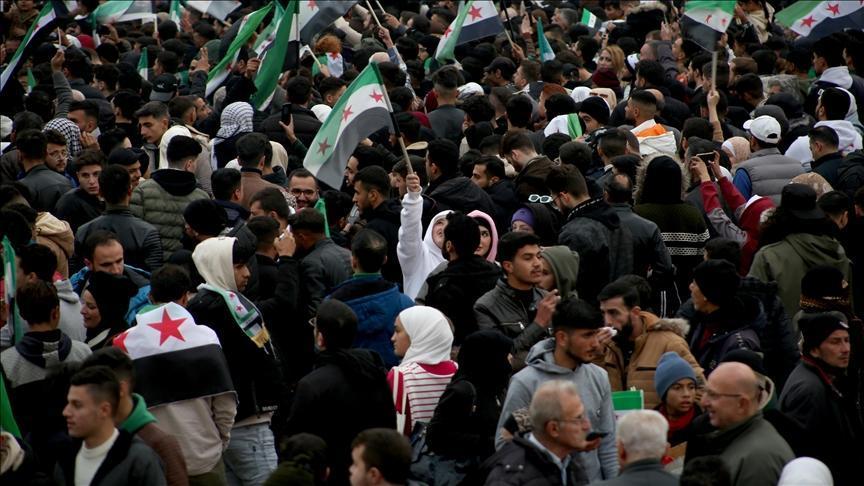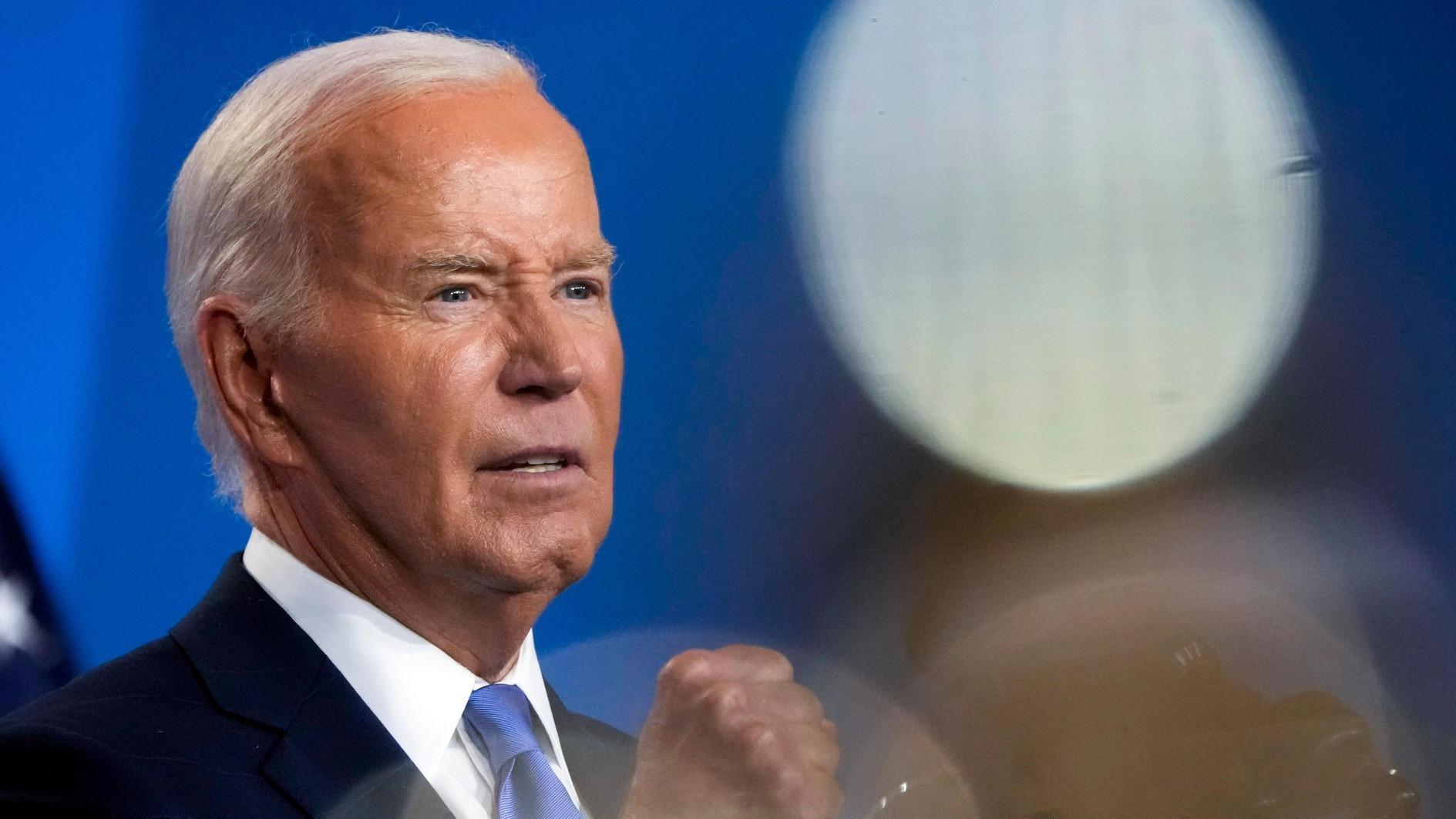Iran tries to obscure currency's new plunge
TEHRAN - Agence France-Presse

A picture taken on April 11, 2011 shows 100,000 and 50,000 Iranian rials in Tehran. AFP photo
Iran's currency plunged nearly eight percent to a new record low against the dollar on Monday, but the dramatic drop was being suppressed within the country on mobile phone text services and some exchange websites.One money changer told AFP by telephone that the street rate around midday (0730 GMT) was 26,400 rials to the dollar, sharply lower than the 24,000 rate late on Sunday.
The Mehr news agency reported a rate of around 26,000.
Mobile telephone text messages that included the word "dollar" in English or in Farsi were censored, with the message not being received, AFP noted. The Farsi word for "foreign money" was also blocked.
But text messages containing the words "USD", "euro" or the $ symbol were all transmitted and received normally.
Such text blocks on the word "dollar" were implemented before in Iran, on January 10, when the rial also dived precipitously. The country's two main mobile phone service providers, MCI and Irancell, claimed at the time they were not filtering messages.
Several Iranian websites that usually give real-time foreign exchange rates had the dollar rate blanked out on Monday. One website, mesghal.ir, did give a dollar rate, but at 25,650 it was lower than that reported by money-changers.
Visitors to the money-exchanging district in central Tehran saw many of the shops half-shuttered, and none displayed a rate for dollars in their windows.
Monday's plunge deepened a sharp slide of five percent recorded on Sunday.
Separate from the floating street exchange rate, Iran maintains a fixed official rate of 12,260 rials to the dollar, but that is reserved for the government and a few privileged businesses.
The rest of the country relies on the street rate, with the result that the price of imported goods have sharply risen in recent months.
The head of Iran's parliamentary budget commission, Gholam Reza Mesbahi-Moghadam, told the Fars news agency that "the government has committed its biggest historic mistake by not responding to the demands in the forex market." He was quoted as saying that the dollar's sharp rise against the dollar was because the central bank "has not injected dollars (into the market) in the past three weeks." Compared to the rate in December last year, the value of the rial against the dollar has halved under the impact of draconian Western economic sanctions. The measures are aimed at crippling Iran's all-important oil exports to punish Tehran over its disputed nuclear programme.
Iranian authorities have tried several times in recent months to stop the currency's slide -- even briefly at one point trying to impose a cap on the rate -- but the rial has returned to shedding value.
"The central bank cannot systematically lower the exchange rate, but we have attempted to control it," Central Bank chief Mahmoud Bahmani told reporters on Sunday, the ISNA news agency reported.
"Our situation is one of war. We are fighting an economic war with the world," he said.
Market uncertainty has been exacerbated by bellicose rhetoric from Israel, the Middle East's sole though undeclared nuclear weapons state, which has threatened air strikes against Iran's nuclear facilities.
Iran's authorities have vowed not to cede to the sanctions pressure, saying they will maintain their nuclear activities, which they insist are purely civilian in nature.
EU foreign ministers meeting in Cyprus on the weekend said they were considering imposing further sanctions on Iran.
















